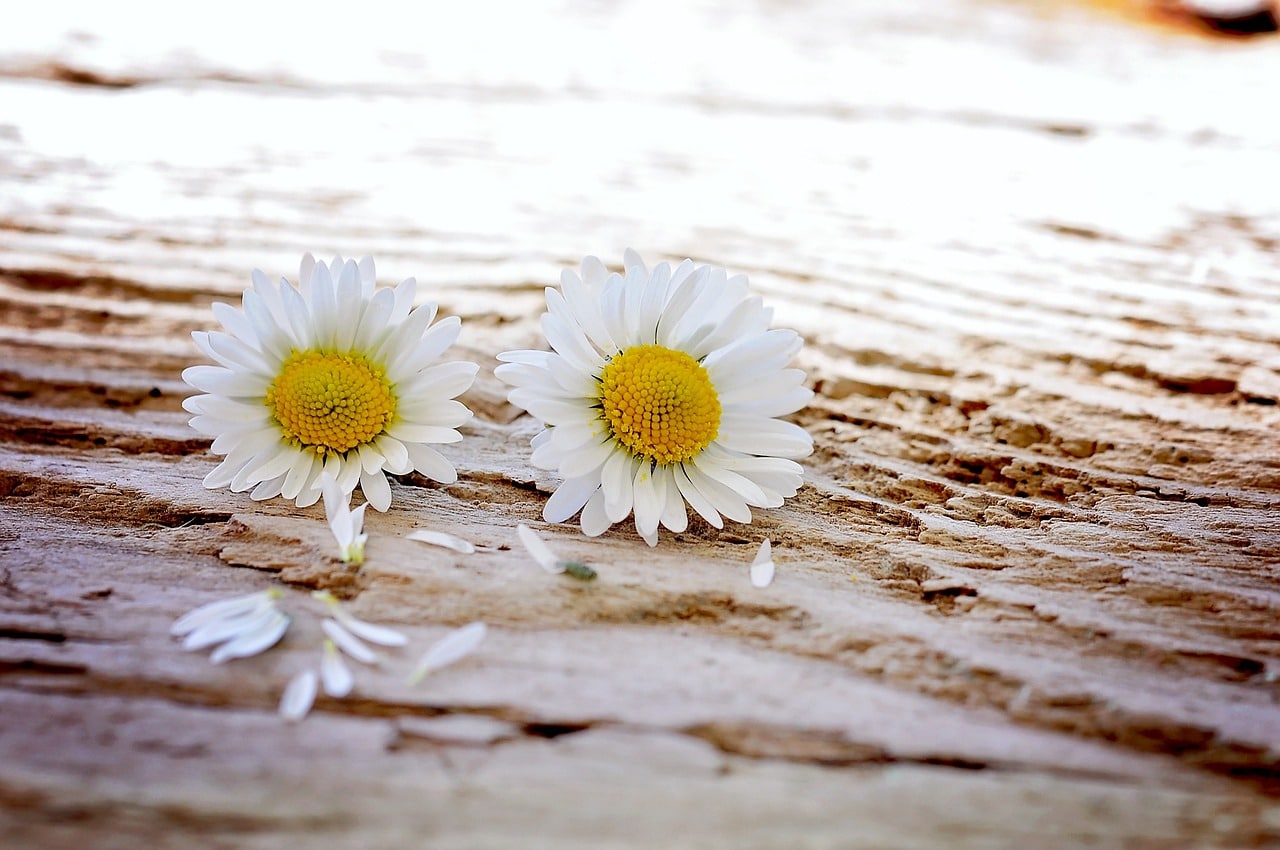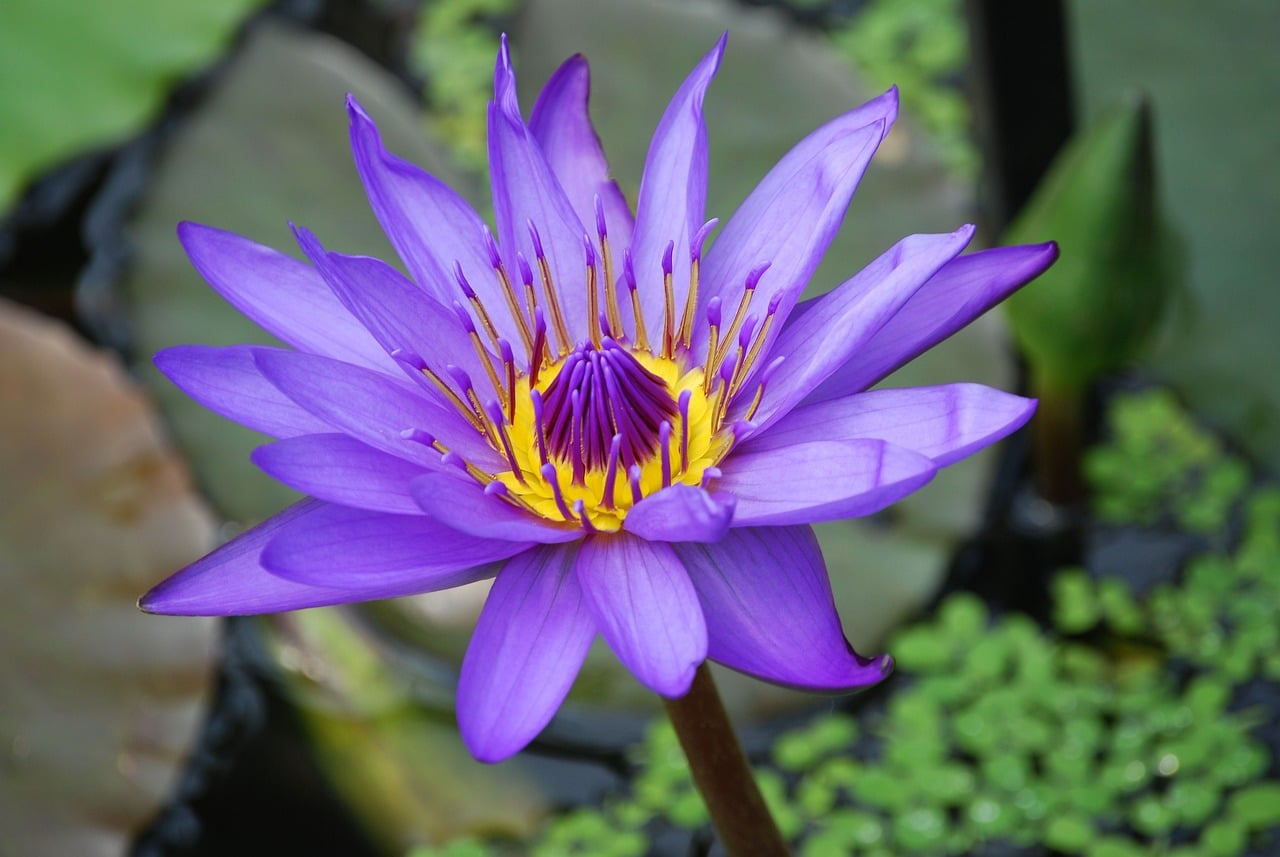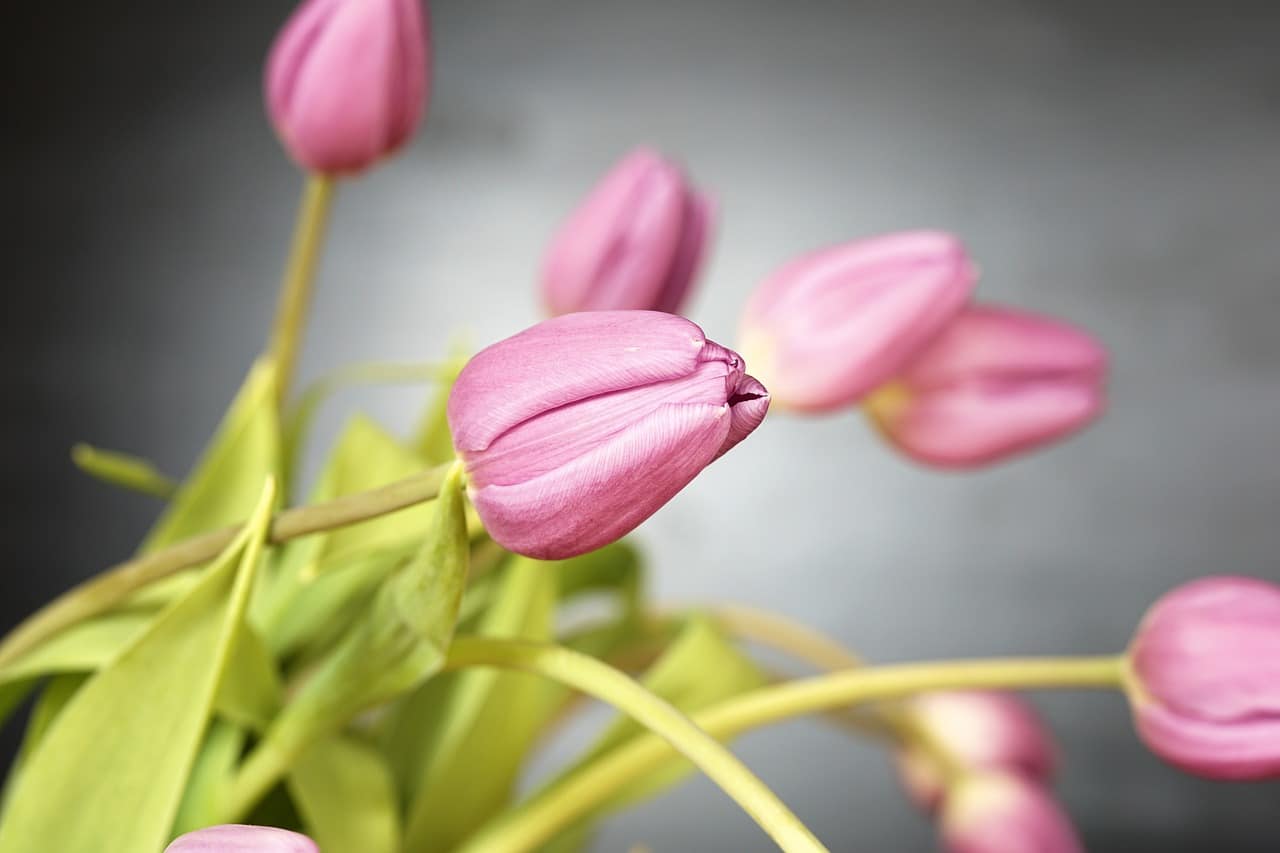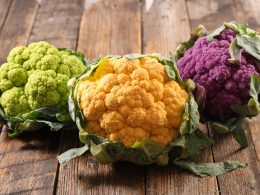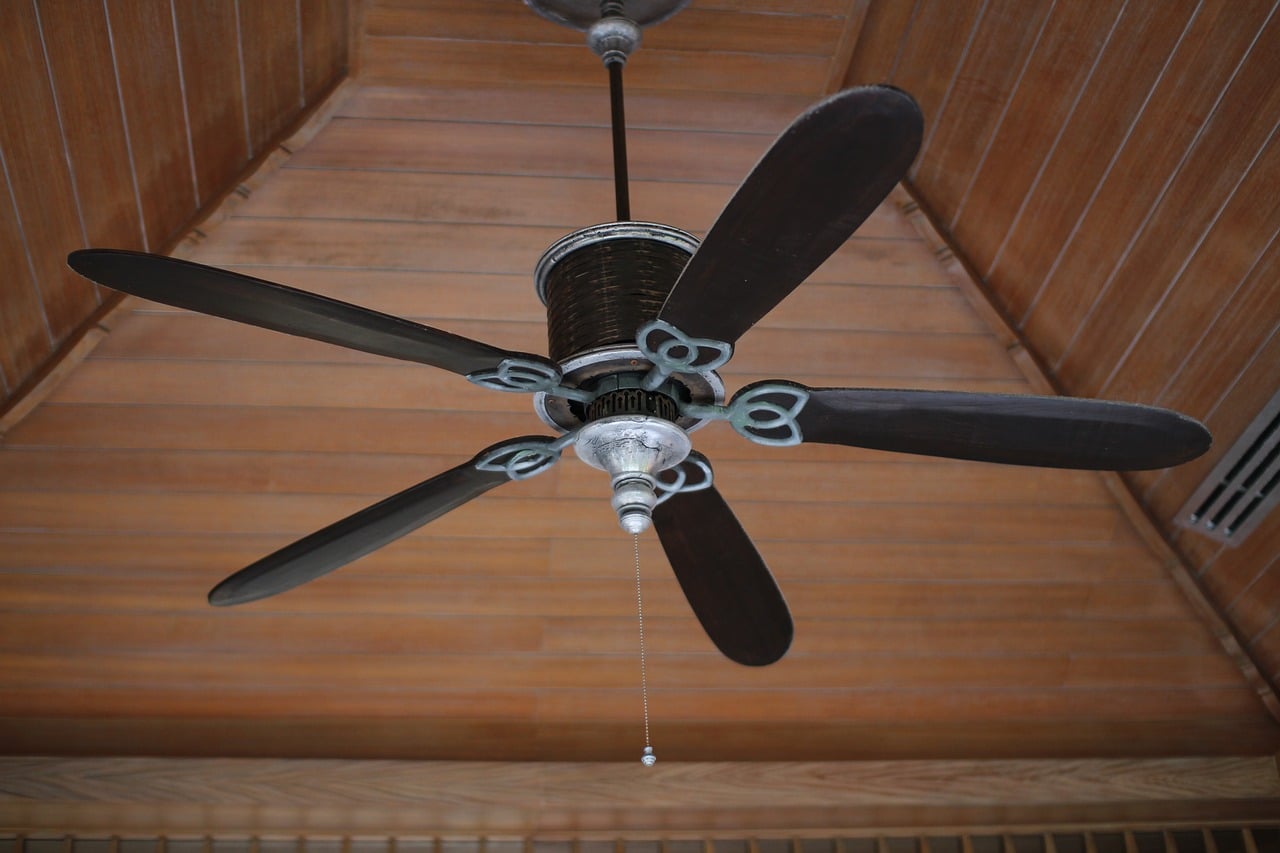Daisies are, arguably, one of the most popular and loved flowers of all.
While you may only be familiar with the types of daisies in your locality, there are different types of daisies worldwide.
Daisies are famous for opening their flowers at sunrise and closing up at sunset. Different types of daisies bloom at other times of the year.
Depending on your favorite variety, these plants are some of the best early spring flowers that bloom in summer to add to your home or garden.
The six most popular daisy types are coneflowers, gerbera daisies, Shasta and Bellis daisies, African daisies, gloriosa daisies, and marguerites.
There are many to choose from; white, yellow, red, and pink; daisies of different colors and types, but how many?
Everybody loves daisy flowers, but with 20,000 varieties, it will be challenging to choose the perfect one for you and your garden.
1. English Daisy
The English daisy is by far one of the most famous daisies, with a beautiful yellowish center and extended white petals.
This hardy plant, which originated in Northern Europe, is now found worldwide. Because of its extensive prevalence in the United States, it is referred to as a common weed.
The English Daisy blooms from April to June and has various hues, including white, violet, magenta, red, blue, and fuchsia.
2. African Daisy
The African daisy is a superb perennial ground cover alternative with huge pink, orange, red, or yellow flowers that thrive in full sun and don’t require much water.
Native to South Africa’s Western and Eastern regions, these types of daisies are primarily found in woods, shrublands, and vast forest areas.
These plants may survive on less water once they’ve matured. The Rough Daisy tends to expand, and in most situations, it covers three to four feet on the ground.
It could also reach a height of up to 8 feet. The blooms resemble traditional daisies, with a yellow center and purple petals on the outside.
3. Shasta Daisy
The Shasta Daisy is a perennial plant that resembles a traditional daisy but grows in bushes 3 feet tall and 2 feet wide.
In the late 1990s, legendary horticultural Luther Burbank created the Shasta Daisies by cross-breeding Ox-Eye Daisy, Montauk Daisy, and other different types of daisies.
The resultant Shasta Daisies were more attractive and robust than the original plants. One may now find Shasta Daisies in nearly every type of cottage garden and perennial border.
Shasta Daisy blooms all year due to considerable breeding efforts, and they usually flower during the summer.
Their blooms are frequently fuzzy in the middle and feature paper-thin petals; the colors vary from gold to yellow.
4. Gerbera Daisy
Gerbera daisies are a perennial plant that comes in various hues, including red, orange, pink, and yellow, and maybe readily cultivated from seeds.
This plant is the source of the Virdifolia; although it originated in African regions, These types of daisies can now find it on almost every continent.
Although it doesn’t require any special growing conditions, it does best in moderate to high rainfall areas. Also, late spring is its most typical blooming season; Gerbera daisies are known to bloom all year, but not as abundantly.
5. Osteospermum Daisies
These perennial plants are native to Africa, but they can now be found almost anywhere on the planet. Osteospermum daisies are also known as Daisy Bushes; yellow and purplish flowers characterize their most common types.
These daisies bloom in the late summer months of July and August and usually attract bees all year because they are pollen-rich.
Although the shade is preferable for osteospermum daisies, it requires full sunshine occasionally and thrives in damp conditions.
Water these daisies at least once a day if possible. These daisies can grow four feet tall and three feet wide when fully matured.
6. Pale Purple Coneflower
Pale Purple Coneflowers are charming tiny daisies typically available in pink and purple colors, as their name suggests.
They are numerous throughout the Central United States, spanning the Mississippi Valley’s length and width.
You can also find these plants in Northern England and Ontario in specific variants. This is mainly owing to the plant’s introduction, as it is not native to these areas.
The Pale Purple Coneflower has beautiful blossoms that are very popular with butterflies. These daisies may reach a height of four feet, making them stand out among many other blooms.
They prefer wet soil and full sunlight and like to be protected during windy or rainy months.
7. Eastern Purple Coneflower
The Eastern Purple Coneflower is a gorgeous daisy that you can find throughout the United States and Canada. The name comes from the conical crown and purple petals of these flowers.
This kind of daisy is commercially crucial for various pharmaceutical companies since it is primarily grown for medical purposes.
The plant’s components are believed to boost one’s immune system, and they’re frequently employed in herbal cures and pharmaceuticals.
8. Marguerite Daisy
The Marguerite Daisy is a pretty little flower with dense foliage native to Spain’s Canary Islands. They may now be found in several regions of the United States and Italy.
Although these daisies may thrive in virtually any environment, keeping them in regions with plenty of sunshine and well-drained soil is best.
Because these daisies are susceptible to high winds and freezing temperatures, they should be potted indoors during the winter months.
Marguerite Daisies bloom throughout the spring and summer, and their blossoms come in various colors, including pink, yellow, red, and white.
9. Mojave Desert Star
This beautiful daisy, found in the Mojave and Sonoran Deserts, is well renowned for its vibrant color and stunning petals.
While this daisy is native to the desert, it is abundant throughout the Mexican, Arizonian, and Nevadan borders.
Compared to the Small Desert Star, the Mojave Desert Star might be difficult to distinguish at times.
The main difference is that the Mojave Star has a giant flower with purplish stems, whereas the Small Desert Star has yellowish and greenish branches.
Yellow disc florets and white ray florets typically tinted with pink, can also be found on the Mojave Desert Star.
10. Curly Leaf Daisy
This beautiful and virulent daisy, also known as the Curly Leaf Arctotis, can thrive and survive in almost any type of habitat.
It thrives in rocky areas, sandy areas, coastal areas, and even your home patios and can withstand all soil types.
The Curly Leaf Daisy has magnificent lush leaves and bright yellow flowers. Also, the leaves may naturally roll around the edges is a distinguishing feature of their foliage.
This distinct feature is also the source of the plant’s scientific name, Arctotis Revoluta, which means “rolled backward.”
Unlike other types of daisies, Curly leaf daisies are easy to cultivate from stem cuttings, and because they spread quickly, they’ll end up functioning as a fantastic patio cover.
11. Barberton Daisy
Another plant that produces gorgeous flowers is the Transvaal Daisy, which is also known as the Transvaal Daisy. Barberton daisies come in various colors, including reddish, pinkish, and orange.
You could even see them in colors of yellow on rare occasions. Barberton daisies can be grown indoors and produce flowers all year long.
Their blossoms may endure anywhere from four to seven weeks on average. These plants have beautiful foliage and can add a splash of color to any home’s decor.
12. Chrysanthemum Daisy
Chrysanthemum daisies are gorgeous blooms with a tinge of golden yellow that originated in China.
The flower’s name comes from the Greek phrase Chrysosanthemom, which means golden flower, and anthemom means flower.
The therapeutic powers of these daisies are their most outstanding distinguishing feature.
One of the many reasons they’re employed in herbal medicine to decrease blood pressure and cholesterol levels is this.
These daisies are thought to be China’s oldest medicinal substance, slowing the aging process and reducing inflammation.
The most common Chrysanthemum daisies may reach a height of 24 inches and bloom primarily in the summer.
Although most of these plants are yellow, they may also come in white or off-white varieties.
These plants’ immature leaves can be used to make tea. You may also pickle it with vinegar in some cases.
In any case, these daisies are attractive and fragrant, making them an excellent complement to your house.
13. Ox-eye Daisy
The ox-eye daisy is a widespread grassland and meadow daisy that grows about 20 inches tall and thrives in well-draining soil.
This daisy has a yellowish center and ringed petals with white petals. These daisies are practically in all places and bloom from mid-spring until the end of June.
Throughout the rest of the spring and early fall, there will be sporadic blooming. When cultivated under the right conditions, these plants may grow four or five feet tall.
14. Florist’s Daisy
Florist’s daisy is widely accessible in the United States. They have numerous layers of petals, making them a popular choice for cut flower bouquets and arrangements.
Also, their widespread of petals makes them resemble pom-poms and makes them stand out when they are placed among other different types of daisies.
15. Gloriosa Daisy
Gloriosa daisies, sometimes known as black-eyed Susans, are easy to raise from seed in your yard. Among the different types of daisies, Gloriosa daisy is the most attractive to bees and butterflies but not so much to deer.



